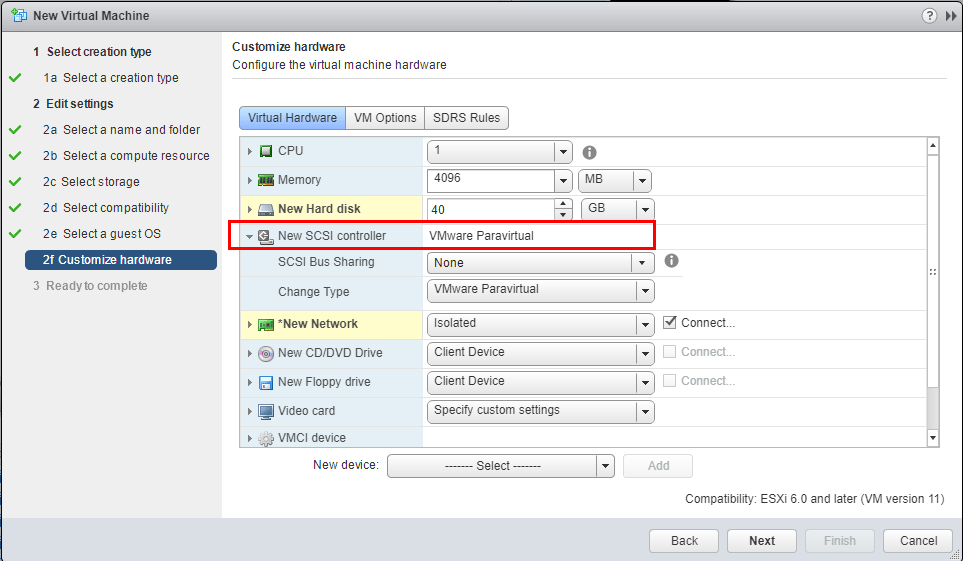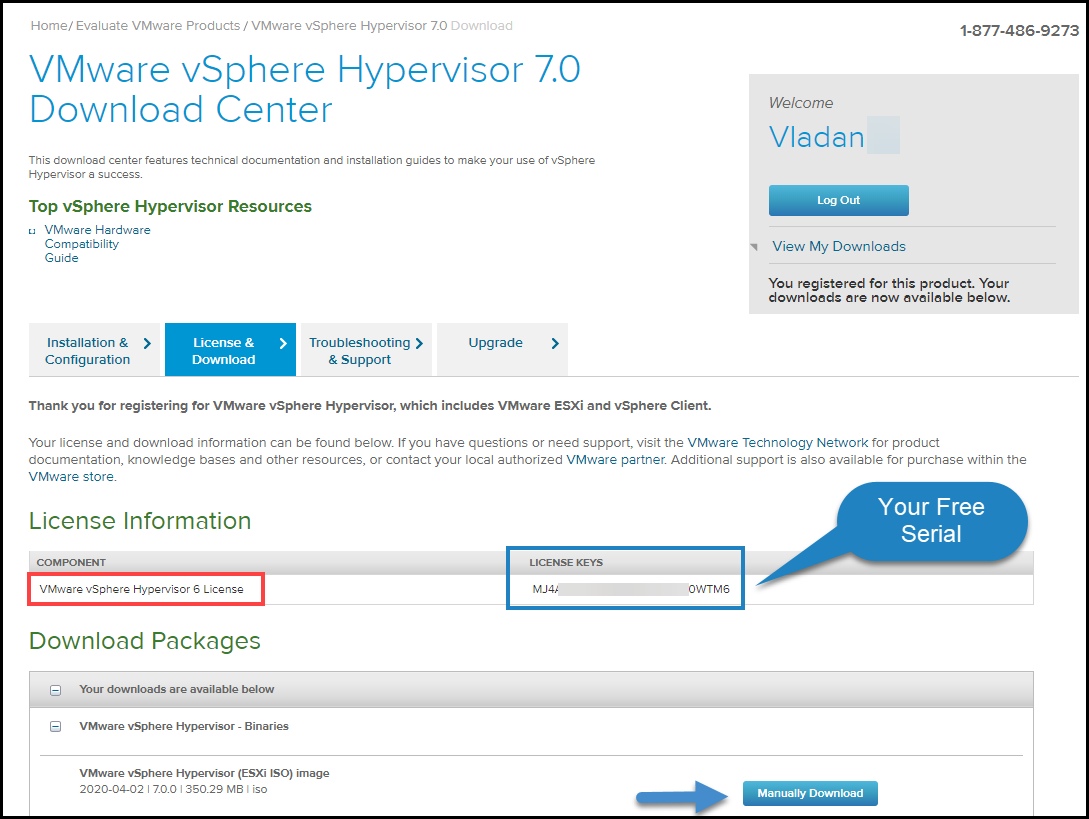
In the absence of any empirical data, which is generally the case on a heterogeneous cloud platform, it is a good practice, through the use of templates and blueprints, to encourage your service consumers to start with a single vCPU and scale out when it is necessary. It allows to maintain the virtual machine performance.The vCPU-to-pCPU ratio to aim to achieve in your design depends upon the application you are virtualizing.

Also it is not recommended to use an odd number of processors (it is better to add 1 vCPU). If the number of vCPUs needed is more than the number of cores on 1 physical socket (NUMA node), create several virtual sockets (processors) with the necessary number of cores. If you assign two separate virtual sockets to a VM, the hypervisor can run them on different NUMA nodes. Otherwise, processes will have to wait for the response from another NUMA node (that takes longer time). When placed on a single physical NUMA node, a virtual machine will be able to use fast local RAM available on the specific NUMA node. It is not recommended to assign more cores per socket (and the total number of vCPUs) to a VM than the number of cores available on your physical socket (NUMA node). When assigning the number of cores per socket, make sure whether you have NUMA architecture (used in most modern CPUs). There are some more aspects of assigning vCPUs and cores to virtual machines that you must understand. Virtual Machine vCPU and NUMA Architecture It means that the guest OS will see two 4-core CPUs (2 sockets with 4 cores per socket)
#Vmware 6.0 maximum vcpu windows 10#
Log in to the Windows 10 guest VM, run Task Manager or Resource Monitor, and make sure that the Windows sees all allocated virtual cores.Ī physical processor of the host, Intel(R) Xeon(R) Silver 4114 CPU, is now displayed instead of a virtual one in the system properties. Save the configuration file and start the virtual machine.

#Vmware 6.0 maximum vcpu how to#
Let’s see on how to assign virtual processors as cores in different hypervisors and how to bind it to the NUMA architecture used in modern processors. It means that instead of 8 vCPUs, you can add 2 vCPUs (2 sockets) with 4 per socket. Most hypervisors can provide vCPUs as processors, processor cores or even threads. In order to improve the performance of your virtual machine, you can use a processor with more cores.

However, this restriction is not related to the number of cores. The problem is that desktop Windows versions (Windows 10/8.1/7) have a restriction on the maximum number of physical processors (sockets) a computer can use: Number of Processors Supported in Windows At the same time, a virtual server running Windows Server 2016 on the same hypervisor can see all 16 vCPUs allocated to it. It means that Windows 10 is able to use only 2 cores no matter how many of them you will add.


 0 kommentar(er)
0 kommentar(er)
